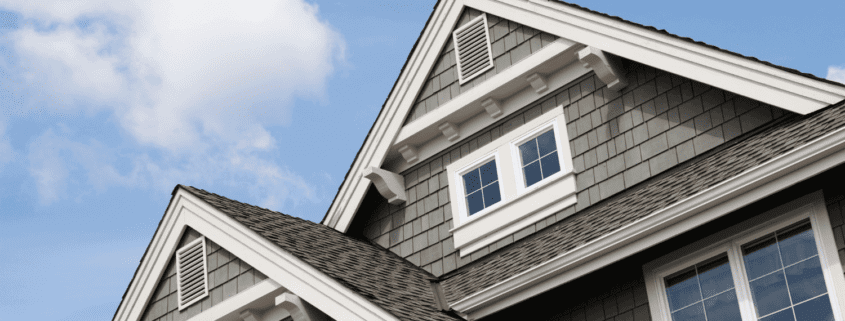How Many Years for Roof Replacement: A Complete Guide
How many years for roof replacement? The lifespan of a roof typically ranges from 15 to 100 years, depending on the materials, installation quality, and maintenance practices. In this guide, we’ll explore the expected lifespans of different types of roofs, factors that impact their longevity, and tips to extend their life.
Key Takeaways
- Roof lifespans vary widely, typically ranging from 15 to 100 years based on material, quality, and maintenance.
- Regular inspections and proper maintenance are essential to extend a roof’s lifespan and prevent costly repairs.
- Understanding roof warranties and associated costs helps homeowners make informed decisions regarding roof replacement and maintenance.
Understanding Roof Lifespan

The lifespan of a roof can vary widely depending on the type of roofing material used, the quality of installation, and the level of maintenance it receives. Generally, a typical roof lasts between 25 to 50 years. However, this range can be significantly impacted by the specific materials and care involved. For instance, investing in high-quality roofing materials and regular maintenance practices can extend your roof’s lifespan, while using low-quality materials can lower it. If you’re wondering how long does a roof last, it’s essential to consider these factors.
Before:
Different types of roofs have varying lifespans. Asphalt shingles, metal roofs, slate roofs, and wood shingles each offer unique benefits and longevity. Understanding these differences can help you choose the best roofing material for your home. Here are the specific lifespans of these common roofing materials.
After:
Different types of roofs have varying lifespans:
- Asphalt shingles
- Metal roofs
- Slate roofs
- Wood shingles
Each offers unique benefits and longevity. Understanding these differences can help you choose the best roofing material for your home.
Asphalt Shingles
Asphalt shingles are one of the most popular roofing materials due to their affordability and ease of installation. Typically, asphalt shingles last between 15 to 30 years, with the lifespan of your roof heavily influenced by the quality of the shingles and the level of maintenance they receive.
Warmer climates can reduce their lifespan due to increased brittleness, while colder climates can help them last longer. Regular preventative repairs by a professional roofing contractor can also extend the life of asphalt shingles.
Metal Roofs
Metal roofs are known for their durability and long lifespan, often outlasting asphalt roofs by a significant margin. With proper maintenance, metal roofs can last between 40 to 70 years or more. This longevity makes them a popular choice for homeowners looking for a long-term roofing solution.
To achieve their full lifespan potential, metal roofs require consistent inspections and maintenance.
Slate Roofs
Slate roofs are renowned for their exceptional longevity, making them one of the most durable roofing options available. Under ideal conditions, a slate roof can last between 75 to 100 years. However, the durability of slate roofs can be significantly affected by climate and sun exposure.
Maximizing the lifespan of a slate roof depends on proper installation and maintenance.
Wood Shingles and Shakes
Wood shingles and shakes offer a natural and aesthetically pleasing roofing option, with a typical lifespan ranging from 20 to 40 years. The lifespan of your roof can be significantly prolonged with proper maintenance and care. However, environmental factors such as humidity or dryness can affect the durability of wood shingles.
To ensure wood shingles and shakes last as long as possible, regular maintenance and inspections are key.
Factors Influencing Roof Longevity
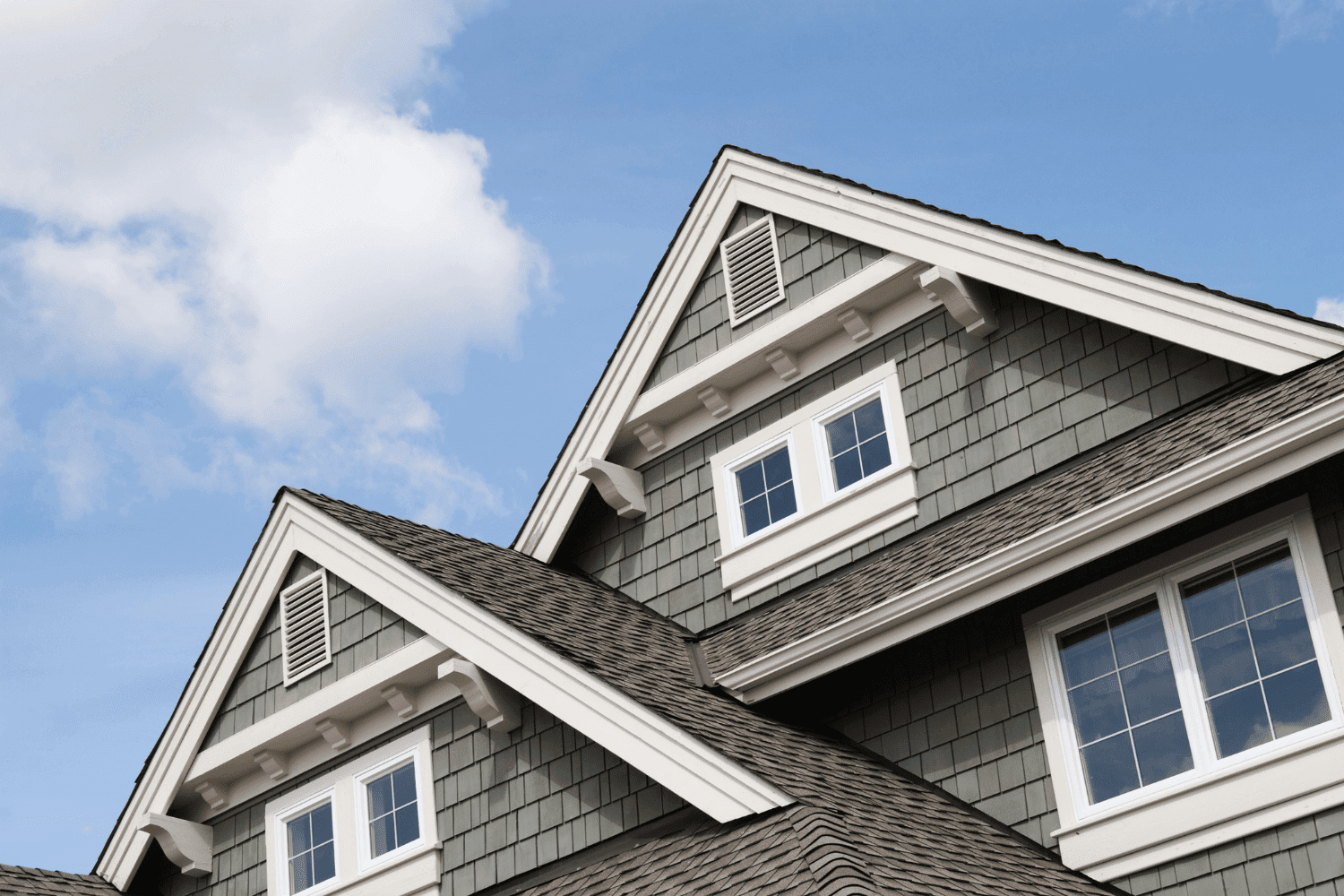
Several factors can impact the average lifespan of a roof, including the quality of materials, installation practices, and environmental conditions. High-quality roofing materials typically lead to a longer roof lifespan, while low quality roofing materials can significantly lower it. Maximizing your roof’s life expectancy depends on choosing the right materials and ensuring proper installation.
Maintenance practices also play a vital role in extending the lifespan of your roof. Regular inspections and prompt repairs can stop minor issues from escalating into major problems, thus prolonging the roof’s lifespan.
Environmental factors such as climate and weather conditions can also significantly affect how long a roof lasts. Here is a detailed look at these factors that impact.
Climate and Weather Conditions
The local climate and weather conditions can significantly impact a roof’s lifespan. Fluctuating temperatures, extreme storms, heavy rain, and strong winds can cause faster deterioration, especially for less durable materials like asphalt shingles. High temperatures can make asphalt shingles brittle, leading to potential cracking or curling.
Proper attic ventilation helps prevent moisture buildup and reduces the risks of overheating or freezing. Understanding your local climate helps in choosing the appropriate roofing material and maintenance practices.
Installation Quality
The quality of roof installation is crucial for maximizing its lifespan. Professional installation ensures that the roof is properly ventilated and nailed, preventing leaks and early deterioration. Poor installation can void manufacturer warranties and lead to frequent repairs.
Selecting an experienced roofing contractor greatly influences the longevity of your roof.
Maintenance Practices
Regular maintenance is essential for extending the lifespan of your roof. Annual roof inspections can help catch potential issues early, reducing the risk of costly repairs. Timely repairs maintain the roof’s integrity and prevent further damage.
Neglecting regular inspections can result in undetected problems that lead to early roof replacement. Consistent maintenance practices are fundamental to extending your roof’s longevity.
Recognizing When You Need a New Roof
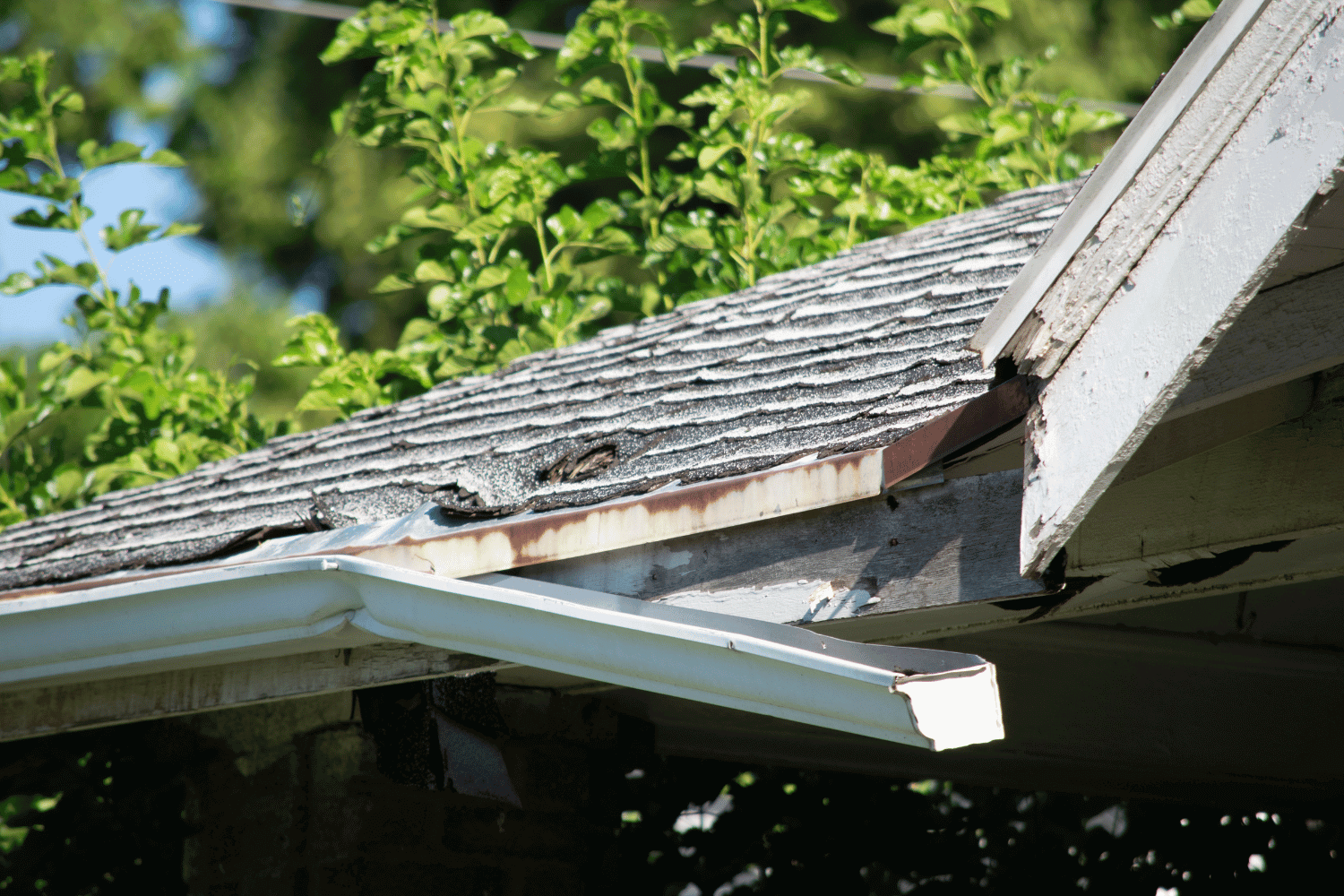
Recognizing the warning signs that indicate you need a new roof is essential for maintaining your home’s integrity. Delaying roof replacement can lead to increased energy bills, water damage, mold, pest infestation, and decreased Home value.
Timely action based on these warning signs you need can prevent further damage and higher costs in the future. Here are the key indicators that it might be time for a roof replacement.
Visible Damage
Visible damage to your roof, such as cracks in shingles, bald spots indicating missing granules, and bruised shingles with concave dents, are clear signs that your roof needs attention. These signs indicate significant issues that could lead to more extensive damage if not addressed promptly.
Regular inspections and roof repairs can help you catch these problems early, ensuring your roof remains in good condition.
Leaks and Water Damage
Interior leaks and water stains are often clear signals of underlying roof issues that require urgent attention. Damaged roof flashing can allow water to seep under shingles, leading to significant home infrastructure damage. Addressing roof leaks and water stains promptly is crucial to prevent severe damage to your home’s structure.
Regular inspections can help identify these issues before they escalate.
Age of the Roof
Knowing the age of your roof is essential for planning maintenance and replacements. As your roof approaches the end of its expected lifespan, it’s important to start saving and planning for a replacement. Regular inspections can help you determine when it’s time to consider a new roof, ensuring you are prepared for the investment.
Comparing Roof Warranties and Lifespans
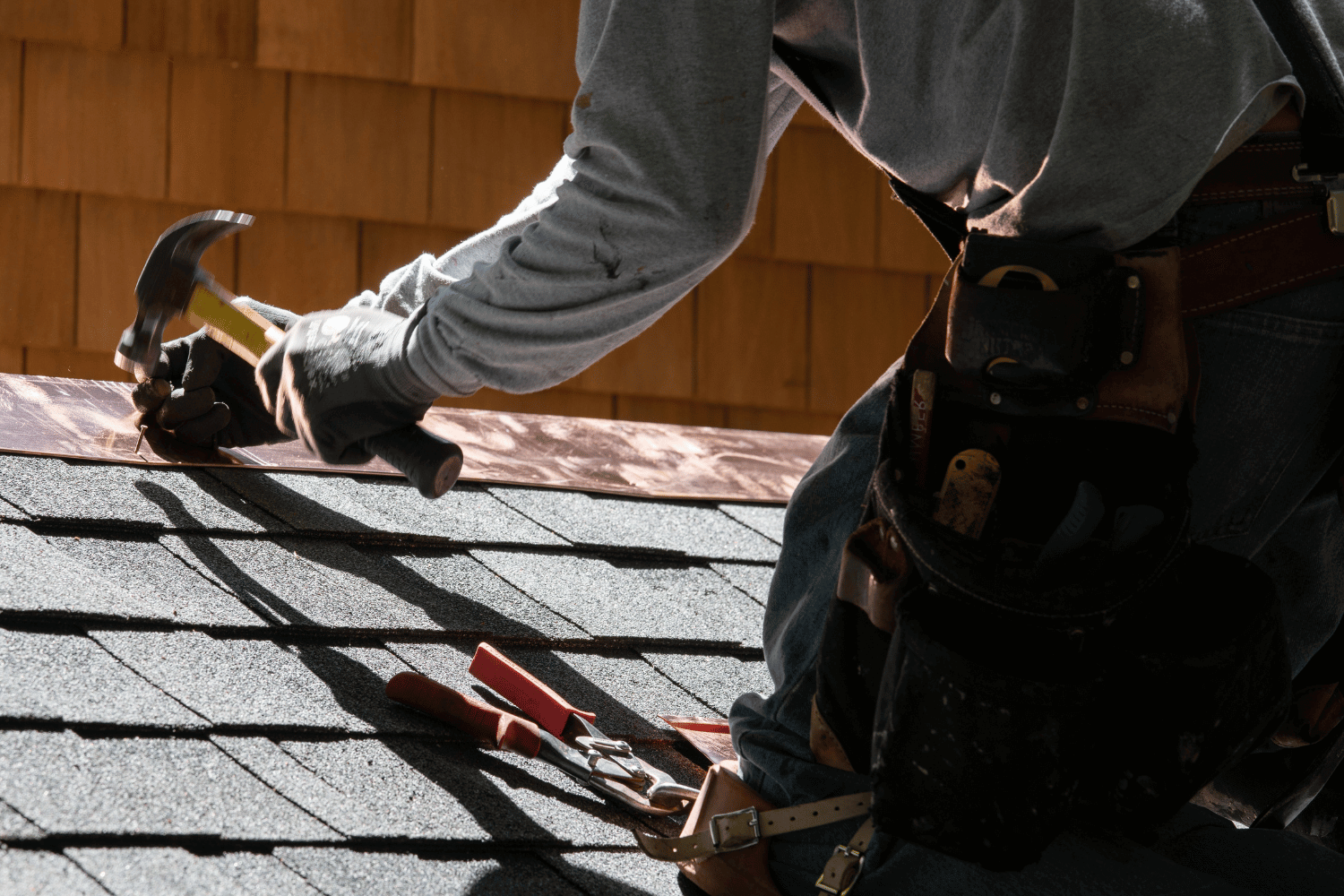
Homeowners should understand roof warranties as they offer coverage against costly repairs and replacements. Different roofing materials come with varying warranty periods, reflecting differences in durability.
While warranties can affect perceived roof longevity, they do not directly extend the lifespan of roofing materials. Comparing warranties and lifespans can help you make an informed decision when choosing a roofing material.
Warranty Coverage
Basic manufacturer warranties typically cover materials but not workmanship. Some manufacturers offer multiple warranty levels, including provisions for workmanship and material defects. Submitting a warranty claim often results in prorated coverage for material costs, with most warranties including a non-prorated coverage period followed by a prorated phase.
Knowing the details of warranty coverage helps avoid unexpected expenses.
Matching Warranty to Roof Type
Different roofing materials come with varied warranty lengths, reflecting their durability and expected lifespan. Matching the warranty to the type of roof materials you choose ensures you are adequately protected and can maximize your investment.
For example, while asphalt shingles may have shorter warranties, metal and slate roofs often come with longer coverage due to their durability.
How to Extend Your Roof’s Life Expectancy
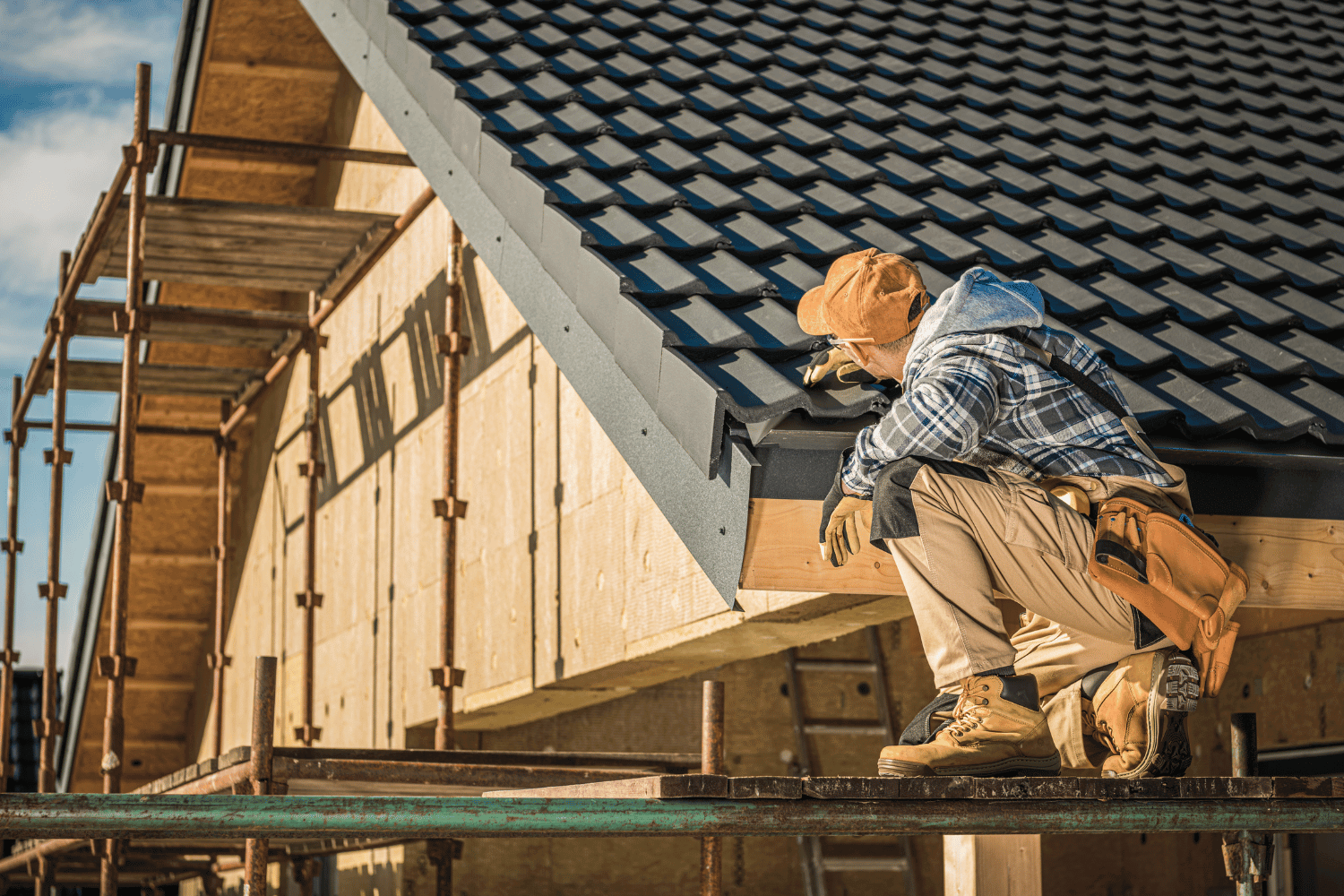
Extending the lifespan of your roof involves proactive maintenance and regular inspections. Proper maintenance can significantly reduce the need for frequent repairs and extend the life of your roof. Regular maintenance checks and seasonal inspections can detect small issues early, preventing major damage.
Here are effective strategies for extending your roof’s life expectancy.
Regular Inspections
Scheduling annual roof inspections is highly recommended for optimal maintenance. Regular inspections can catch potential issues early, reducing the risk of costly repairs.
A&M Home Services offers complimentary drone inspections, providing a detailed assessment of roof conditions without the need for ladders or scaffolding. Utilizing drone technology enhances safety and provides high-resolution imagery to identify potential issues.
Proper Ventilation
Adequate ventilation is crucial for preventing overheating and condensation issues in the roof’s structure. Proper attic airflow helps prevent moisture buildup and reduces the risk of overheating or freezing, extending the life of your roof.
Proper ventilation can significantly impact a roof’s lifespan.
Cleaning Gutters and Debris
Regularly cleaning gutters and removing debris from the roof surface is essential for preventing water damage. Ensuring gutters are clear allows rainwater to flow freely, protecting your roof from potential leaks and damage.
Identifying issues early through regular cleaning can facilitate repairs that avoid serious deterioration of the roof and underlying structure.
Cost Considerations for Roof Replacement
When considering roof replacement, it’s important to understand the financial aspects involved. The cost of a complete roof replacement typically ranges from $6,700 to $80,000, averaging around $11,500 for an average-sized home. Ignoring roof replacement can lead to structural damage and increased repair costs.
Proactively planning for roof replacement can help you manage these costs effectively.
Average Costs
The average cost for a roof replacement can vary significantly based on materials, labor, and other considerations. On an average home, the roof can be replaced in a day, but in extreme cases, it can take three to five days.
Understanding these costs and timelines can help you plan and budget for your roof replacement.
Budgeting Tips
When budgeting for a roof replacement, considering home equity can be a practical way to finance the project. Getting multiple estimates from different contractors can help you find the best price.
Additionally, timing your roof replacement during periods of low demand and inquiring about discounts for seniors or military personnel can provide cost savings. Considering a roof overlay may also save money by avoiding the expense of removing the old roof.
Schedule a Free Drone Roof Inspection with A&M Home Services
Maintaining your roof’s integrity is crucial, and regular inspections are a key part of this maintenance. A&M Home Services offers a free drone roof inspection, providing a thorough and detailed assessment of your roof’s condition without the need for ladders or scaffolding. This service is available for homeowners in Northern Indiana and Southern Michigan, making it convenient to schedule and ensure your roof is in top shape. Utilizing drones for inspections enhances safety and provides high-resolution imagery to identify potential issues early.
A&M Home Services is committed to exceptional customer service and ensuring the job is done right the first time. Our contractors are GAF Master-Elite® Contractors, a certification that underscores our dedication to quality and professionalism. With offices in Plymouth and South Bend, we are always ready to assist with your roofing needs.
Additionally, A&M Home Services gives back to the community by offering a free roof to a member in need each year. Schedule your free drone roof inspection today and take the first step towards maintaining a healthy roof.
Summary
Understanding the lifespan of your roof, the factors that influence its longevity, and recognizing when you need a new roof are crucial for every homeowner. Different roofing materials offer varying lifespans, and factors like climate, installation quality, and maintenance practices can significantly impact how long your roof lasts. Regular inspections and proactive maintenance can extend your roof’s life expectancy, while understanding cost considerations helps in planning for roof replacement. A&M Home Services is here to support you with top-notch services, including free drone inspections to ensure your roof remains in optimal condition. By staying informed and proactive, you can protect your home and investment for years to come.
Frequently Asked Questions
What is the life expectancy of a shingle roof?
The life expectancy of a shingle roof typically ranges from 15 to 30 years, depending on the type of shingles and environmental conditions. Three-tab shingles generally last 15 to 20 years, while architectural shingles can last 20 to 30 years.
How long does a roof typically last?
A roof typically lasts between 15 to 100 years, depending on the material; for instance, asphalt shingles last 15-30 years, while metal and slate roofs can last significantly longer. It’s essential to consider the roofing material to understand the expected lifespan.
What factors impact the lifespan of a roof?
The lifespan of a roof is significantly impacted by the quality of materials, installation practices, local climate, and regular maintenance. Ensuring high-quality materials and professional installation will help maximize your roof’s longevity.
How can I tell if I need a new roof?
You can tell if you need a new roof by looking for visible damage such as cracks or bald spots on shingles, checking for interior leaks and water stains, and considering if your roof has reached the end of its expected lifespan. If you notice these signs, it’s time to consult a professional.
What does a roof warranty typically cover?
A roof warranty typically covers defects in materials and workmanship, with some offering more comprehensive protection. It’s essential to review the specific terms to understand the extent of coverage provided.
 574-318-3326
574-318-3326


